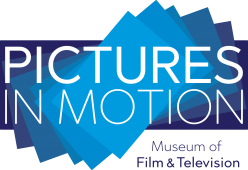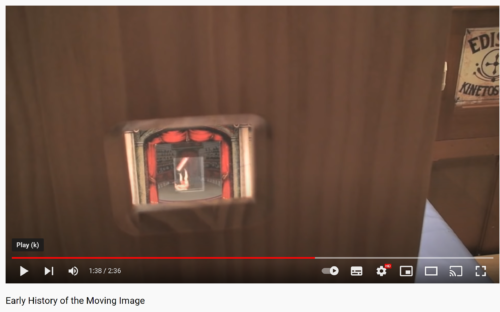As part of Museum Week, the Australian Museum of Motion Picture and Television (AMMPT) conducted a public presentation with demonstrations of very early equipment. Featured wase a shadow puppet theatre, Magic Lantern show and a range of early carnival and sideshow moving image attractions, which captivated young children and parents during the mid 1800’s to early 1900’s, before the cinema. Baby boomers may remember a number of these coin operated machines still existing in the 1940’s and 1950’s.
Thaumatrope.
The Thaumatrope was the first of many optical toys, popular in Victorian times, which provided animated entertainment until the development of modern cinema.
Phenakistoscope.
The Phenakistoscope was an early animation device that used the persistence of vision principle to create an illusion of motion. It was the predecessor to the zoetrope.
Zoetrope.
The modern zoetrope was invented in 1834 by British mathematician William George Horner. The earliest projected moving images were displayed by using a magic lantern Zoetrope .
Praxinoscope.
The Praxinoscope was an improvement on the Zoetrope that became popular toward the end of the 19th century. A magic lantern version was demonstrated in the 1880s.
Mutoscope.
The Mutoscope was an early motion picture device that worked on the same principle as the “flip book.” It was patented in 1894 and provided viewing to only one person at a time. It quickly dominated the coin-in-the-slot “peep-show” business.
Kinetoscope.
The Kinetoscope used a strip of 35mm film to also provide viewing to one person at a time. A popular attraction was a 35 mm filmstrip of the Butterfly Dance (circa 1894–95), featuring Annabelle Whitford Moore, in the format that would become standard for both still and motion picture photography around the world.
This video gives a glimpse of many of the exhibits that AMMPT had display.

